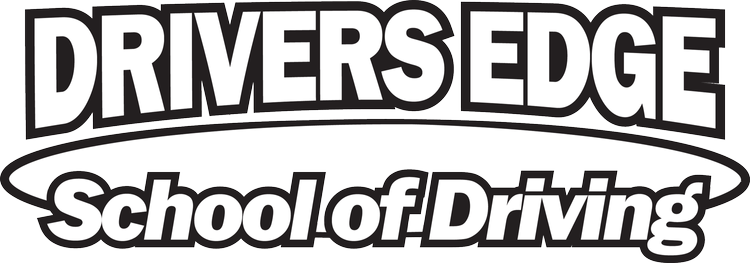“Highway Driving for New Drivers: Merging”
Highway driving can cause stress and unease for new drivers. The high rate of speed and potentially confusing signage are difficult for new drivers to read and understand while driving. In this 2nd blog about highway driving, we will help guide new drivers to successfully and safely merge onto the highway.
The first step to merging onto the highway is to find the correct road or on-ramp. After successfully and legally turning onto the ramp, the merging process begins. The on-ramp and acceleration zone allow vehicles to meet the highway at the speed of traffic. Do not accelerate immediately for the on-ramp may be curvy. Once the road straightens out, smoothly accelerate to the speed of cars on the road. As you approach the highway, use your mirrors to scout gaps in the traffic where you can safely maneuver. This gap should be about 5 seconds big. A good amount of space in front and behind you. When you have located a space control your speed to intercept that spot. Be mindful of cars in front and behind you trying to merge on the highway. As a courtesy, many drivers on the roadway will change lanes over to allow for a smoother and safer entrance onto the freeway. To learn more about changing lanes revisit last week's blog. When it is clear, indicate and change lanes onto the roadway. Be mindful of your speed to not speed up or slow down too much and interfere with the flow of traffic. Now, you are on the highway and able to go wherever you need to go.
Over these last two weeks, we have looked at two crucial areas to travel. How to change lanes and how to merge onto highways. These roadways allow us to move quickly and efficiently from place to place. They also allow our military to mobilize quickly in the case of a national threat. If you need any help with this high-speed travel, contact your instructor during class time, during a drive time, or leave a comment down below.
